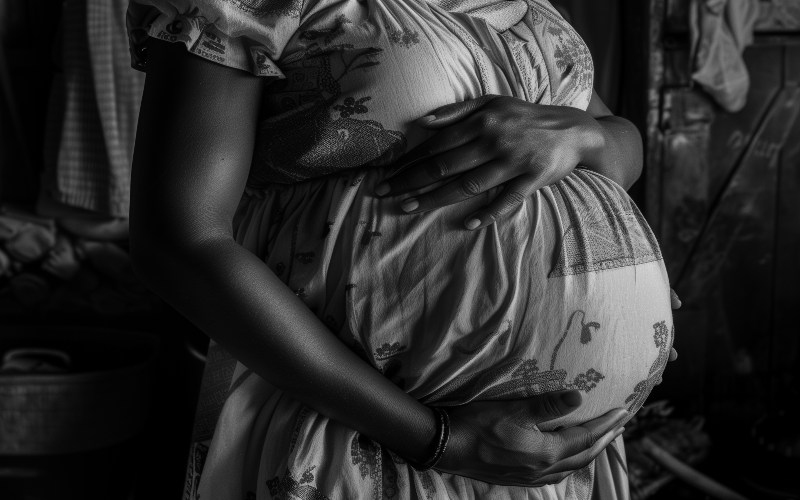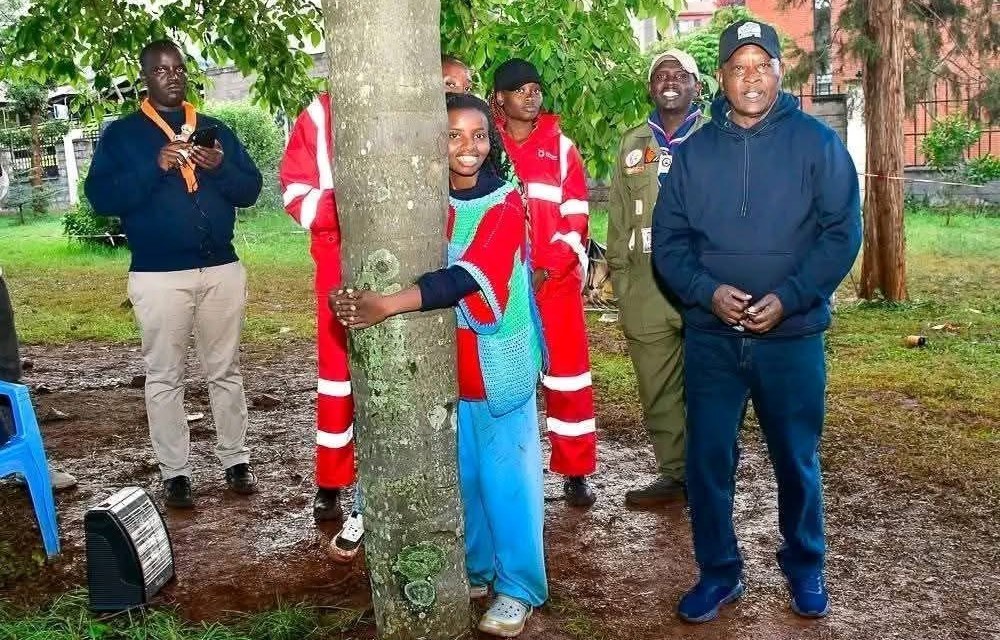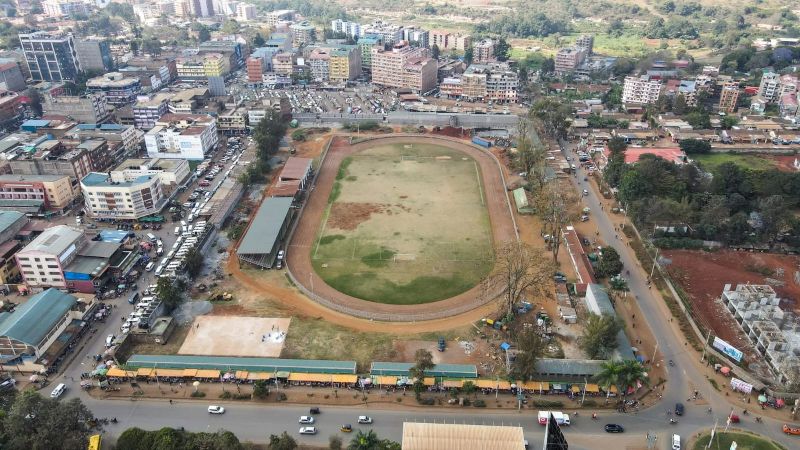Floods displace over 4,600 households as heavy rains pound the country
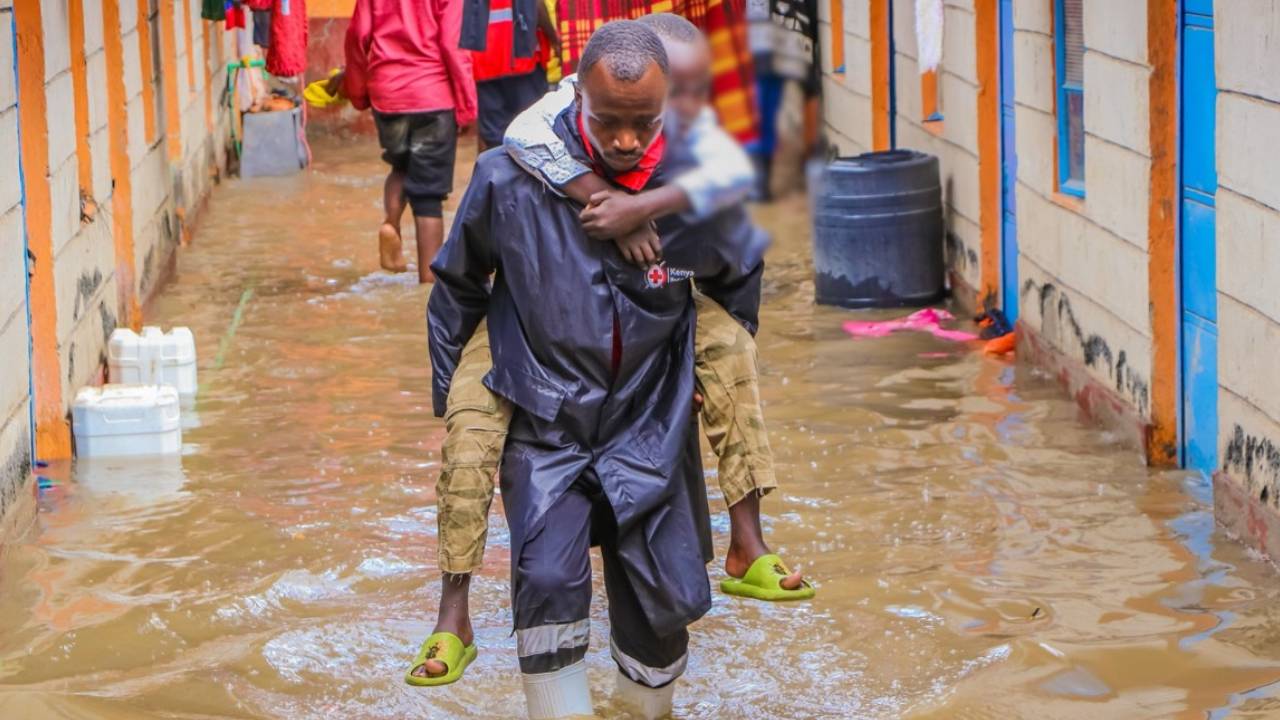
According to the Kenya Red Cross, at least 16 counties have been affected by the ongoing rains.
More than 4,600 families have been displaced due to flooding as a result of the current heavy rains across the country.
According to the Kenya Red Cross, at least 16 counties have been affected by the ongoing rains, resulting in 17,445 households being impacted.
More To Read
- Malaria surge unlikely in western Kenya this season, early-warning report finds
- Kenya Met forecasts intermittent showers, cold nights over next five days
- Met Department forecasts wet, sunny conditions across Kenya in next five days
- KEMRI, Health Ministry warn of potential malaria outbreak in Kakamega
- More rain, possible flooding expected across Kenya this week- Met
- Dozens killed, hundreds displaced as heavy rains batter several counties
In Nairobi, it was reported that rains that poured over the weekend affected 3,716 families.
The affected mostly reside in informal settlements such as Viwandani, Kibra, Mukuru Kwa Reuben, Mukuru Kwa Njenga and Kawangware.
Red Cross said they collaborated with the community to help the affected families.
"The Kenya Red Cross, along with community response teams, helped move trapped individuals to safety and conducted assessments of affected households to initiate the much-needed support," the statement reads.
On Sunday evening, heavy rainfall hit parts of Nairobi. Areas like Embakasi, Lang'ata, Dagoretti South, Dagoretti North, Westlands, and Roysambu experienced rainfall of up to 100 mm.
The weather forecast warned Kenyans across the country to brace for continuous heavy rainfall until Thursday.
David Gikungu, Director of Meteorological Services, stated that the downpour would last until 6 pm on April 18, 2024.
Affected regions
He mentioned that the heavy rainfall would occur over various regions, including the Lake Victoria Basin, the Rift Valley, Highlands West and East of the Rift Valley, Nairobi area, Southeastern Lowlands, Coast, and the northern region.
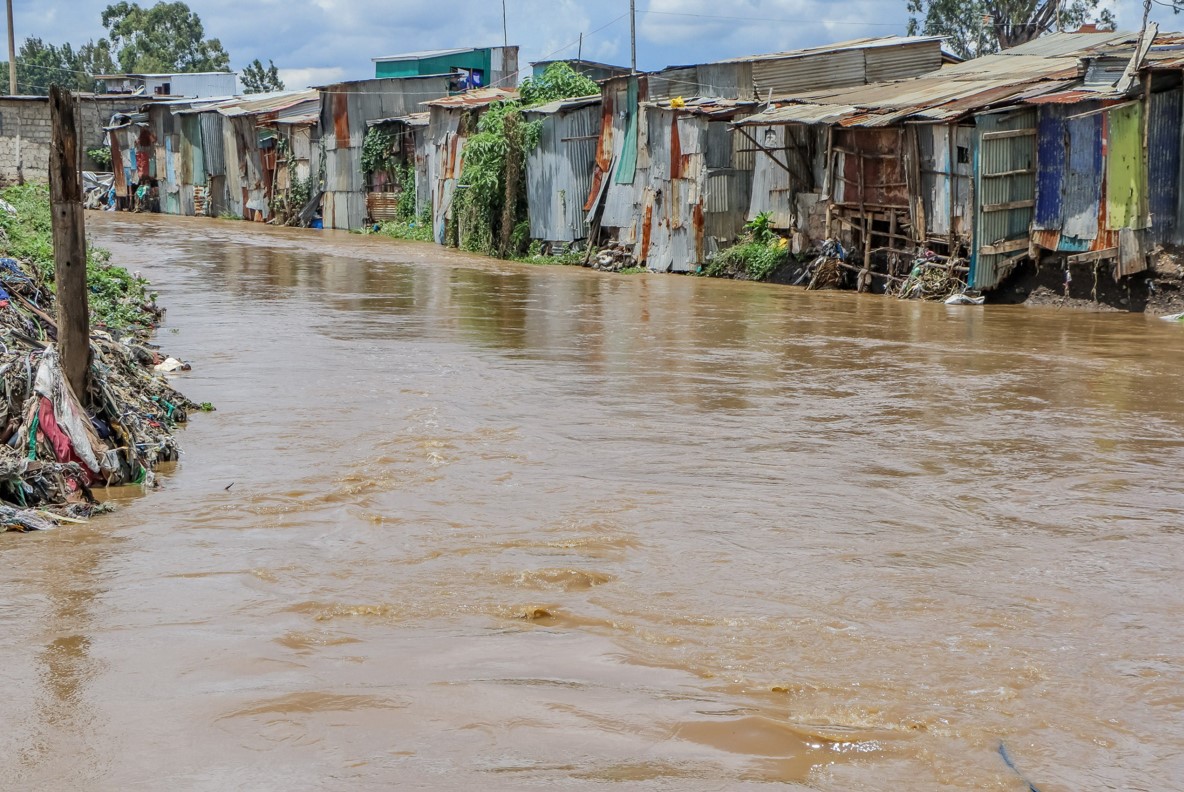 A flooded road in the middle of the Mukuru kwa Njenga slums. (Photo: Kenya Red Cross)
A flooded road in the middle of the Mukuru kwa Njenga slums. (Photo: Kenya Red Cross)
The forecast also indicated that on April 14, 2024, heavy rainfall exceeding 40mm in 24 hours would occur in the Lake Victoria Basin, the Rift Valley, Highlands West and East of the Rift Valley, Nairobi area, Southeastern Lowlands, and South Coast.
He pointed out counties that should be on the lookout for potential floods, flash floods and reduced visibility.
They include Kisumu, Homabay, Siaya, Migori, Busia, Kisii, Nyamira, Nandi, Kericho, Bomet, Kakamega, Vihiga, Bungoma, Narok, Baringo, Nakuru, Trans-Nzoia, Uasin- Gishu, Elgeyo-Marakwet, West-Pokot and Nyandarua.
Others are Laikipia, Nyeri, Kirinyaga, Murang'a, Kiambu, Meru, Embu, Tharaka-Nithi, Nairobi, Machakos, Kitui, Makueni, Kajiado, Taita- Taveta, Mombasa, Tana-River, Kilifi, Lamu, Kwale, Marsabit, Garissa and Isiolo.
Gikungu noted that floodwaters might unexpectedly emerge, even in areas with minimal rainfall, particularly downstream.
Residents have been advised to refrain from driving or walking through moving water or open fields and it is crucial to avoid seeking shelter under trees or near grilled windows to minimise the risk of lightning strikes.
"Strong winds may blow off roofs, uproot trees and cause structural damages. Large waves may affect marine activities. Updates will be provided promptly if there are any changes," he said.
The Meteorological Department has recently introduced a new mobile application called FASTA (Forecasting African Storms Application) to notify Kenyans about storms.
This app provides live weather updates and displays real-time storm development projections for up to two hours.
Users can choose between two options: "storm regions," which indicate current storm activity areas, and "storm rainfall," which shows ongoing rainfall activity.
This initiative arrives amidst heavy rainfall in the country, which has caused significant damage.
Top Stories Today



